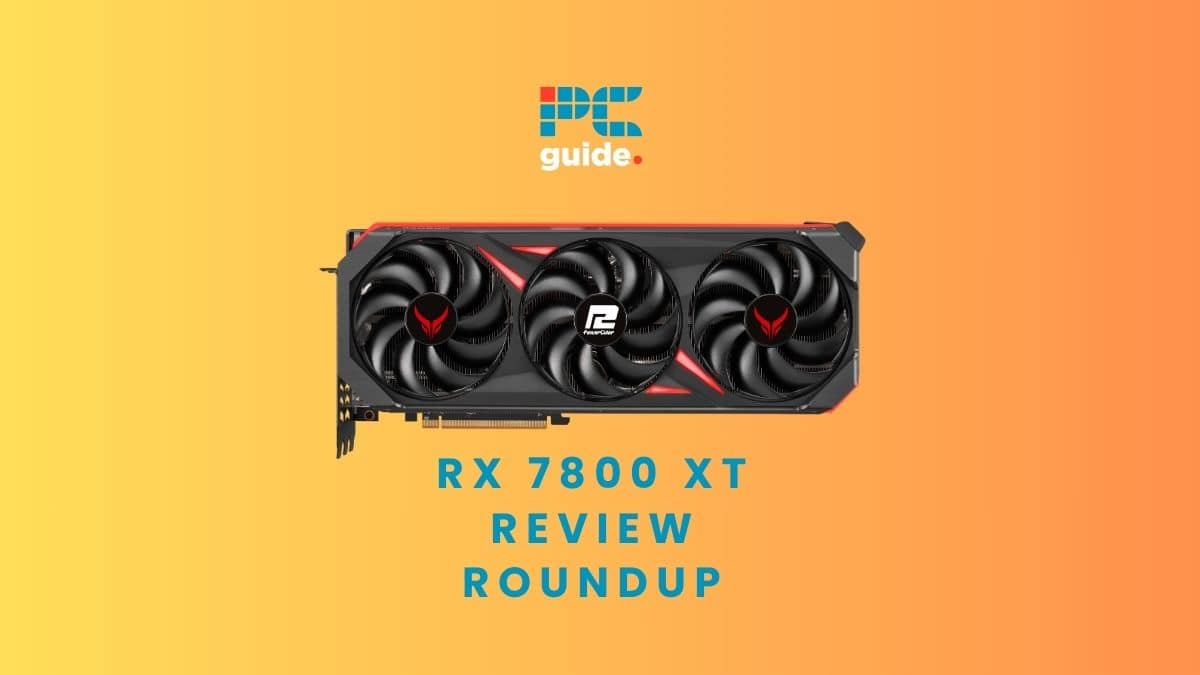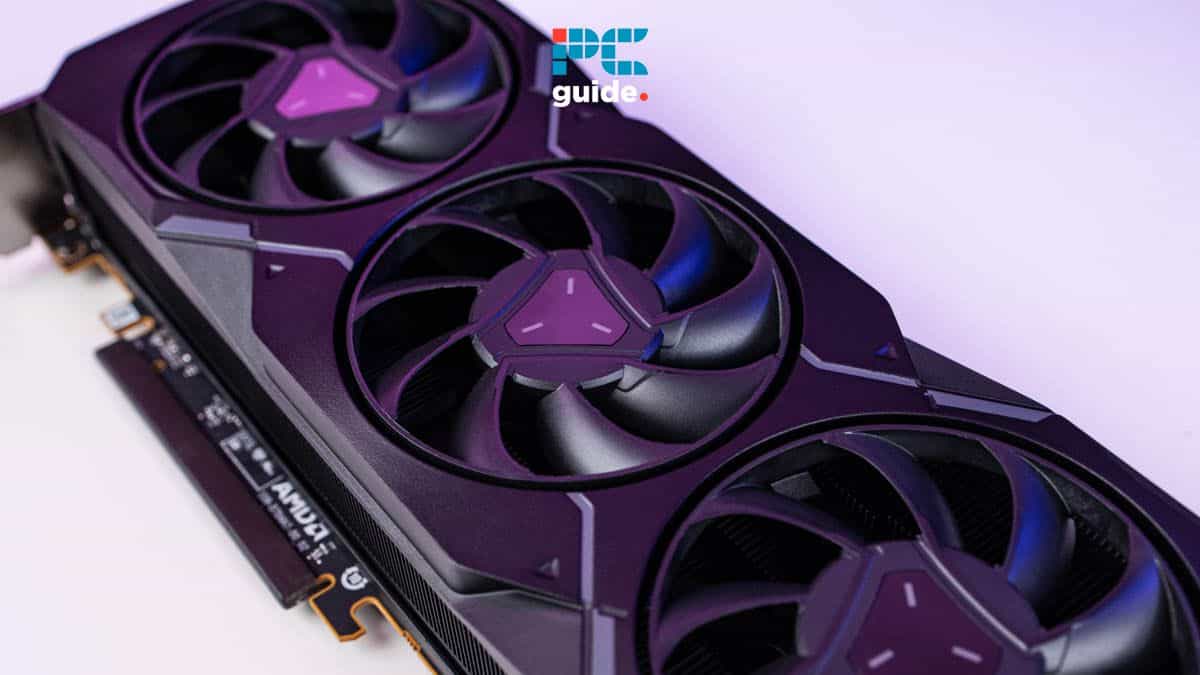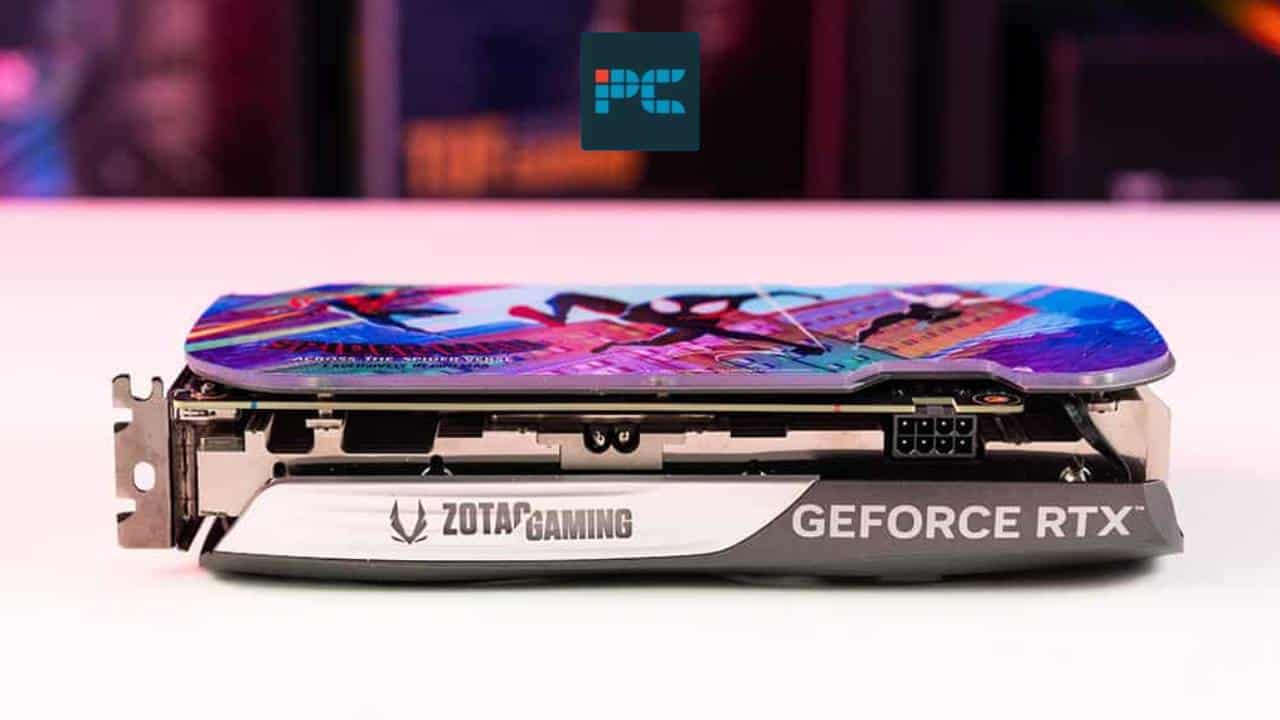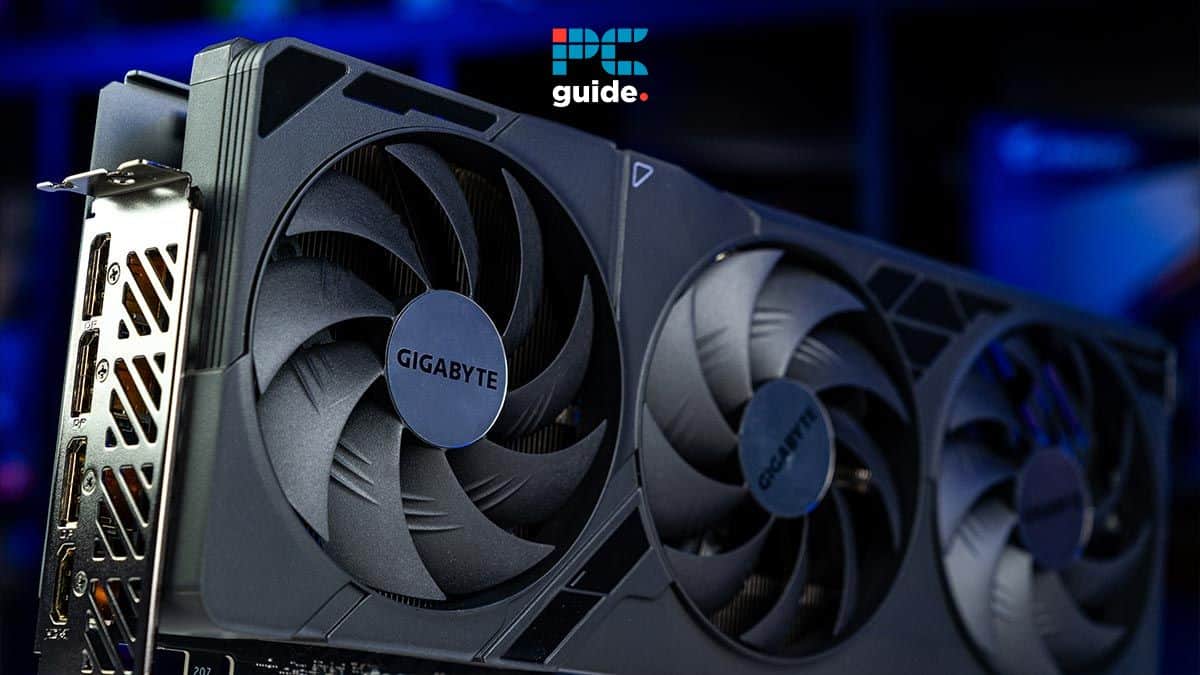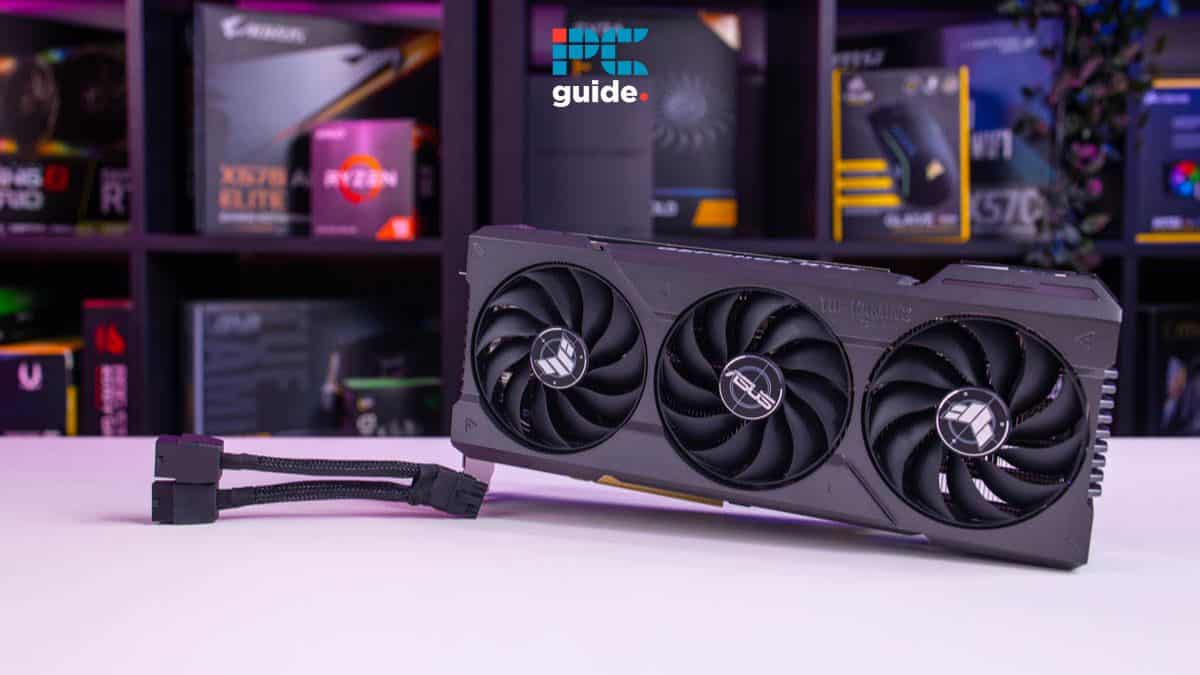In our RX 7800 XT Review Roundup, we filter through the noise to get a clearer picture of how the RX 7800 XT stands in this market. We’ve dived deep into the opinions of some of the authoritative voices in the industry to bring you an aggregated view of this fresh-out-of-the-oven GPU.
The RX 7800 XT has now graced the market shelves, and the reviews are in. With the introduction of the RX 7800 XT, it appears that AMD has indeed surpassed Nvidia. However, an intriguing twist is that the RX 7800 XT’s toughest competition isn’t from Nvidia, but rather from AMD’s own previous model, the RX 6800 XT, which in certain aspects even outperforms its successor.
RX 7800 XT review roundup
| Site/reviewer | RX 7800 XT review snippet |
|---|---|
| Gamers Nexus | “(the RX 7800 XT) it’s at least positioned competitively worth with Nvidia” |
| Tom’s Hardware | “The Radeon RX 7800 XT isn’t much of a surprise” |
| The Verge | “Strong performance… pricing isn’t quite radical” |
| PCMag | “a better value than AMD’s flagship” |
| IGN | “a reasonable price in a time of… inflated GPU prices” |
RX 7800 XT review roundup – specs
From a sheer specifications standpoint, the RX 7800 XT boasts a Navi 32 architecture built upon the TSMC N5 + N6 process. It brings to the table 60 Compute Units (CUs) translating to 3,840 GPU Cores (Shaders). When we talk about its memory, it houses 16GB of VRAM with an impressive speed of 19.5 Gbps and a 256-bit wide VRAM bus. Furthermore, with a boost clock hitting 2430 MHz and an onboard 64 MB Infinity Cache, the card ensures efficient operations across the board.
Tom’s Hardware sheds light on an important perspective. When stacked against its sibling, the RX 7700 XT, the RX 7800 XT appears to be an exceptional value proposition. Although it has only 6% more GPU compute potential, the RX 7800 XT surpasses its younger counterpart by offering a whopping 44% increase in memory bandwidth and a 33% boost in memory capacity. All this power comes at a modest 7% hike in power consumption. For a mere 11% increase in cost, the RX 7800 XT seems like a no-brainer.
However, when juxtaposed with the RX 6800 XT, the waters get a tad murkier. Both GPUs diverge in several essential areas, notably in CUs, cores, and cache. The RX 7800 XT has fewer CUs and cores than the RX 6800 XT but makes up for it in other areas.
RX 7800 XT review roundup – performance
When the RX 7800 XT is pitted against Nvidia’s lineup, particularly the RTX 4070 and the 4060 Ti, the RX 7800 XT showcases a remarkable edge. As underscored by Tom’s Hardware, this AMD offering reigns supreme, surpassing the RTX 4060 Ti by 26% and edging out the RTX 4070 by 6%.
However, not all feedback around the RX 7800 XT is rosy. Gamers Nexus emphasized its surprising underperformance when matched against its own AMD lineage. In head-to-head contests with the RX 6800 XT, the older GPU frequently emerged superior, notably in 4K resolution scenarios. Dying Light 2 and Final Fantasy XIV serve as prime examples where the RX 6800 XT leads by 12% and 15%, respectively.
Despite the mixed reviews on its gaming prowess, the RX 7800 XT does receive commendation for its strides in power efficiency. The Verge appreciates the GPU’s maximum power consumption of 263 watts, a tangible reduction from the RX 6800 XT’s 300 watts. This indicates that users only require a 700-watt power supply as opposed to the 750-watt recommendation for the RX 6800 XT.
The Verge further acknowledges its merit in memory capacity when juxtaposed with Nvidia’s offerings. However, in ray-traced titles, Nvidia’s RTX 4070, with its DLSS, seems to gain a distinct advantage.
PCMag offers a more optimistic perspective, viewing the RX 7800 XT as a hopeful harbinger in the high-end GPU space. Their testing resonates with the general sentiment that AMD’s GPUs still lag when contending in ray-traced games, yet the RX 7800 XT’s performance in specific tests against Nvidia’s lineup evokes a semblance of hope for the brand.
PC Guide view
From our standpoint, AMD’s strategic placement of the RX 7800 XT in the market is great. In a direct face-off against Nvidia, the RX 7800 XT showcases palpable superiority, especially when we consider rasterization performance. Despite Nvidia’s slight edge in ray tracing, the gap isn’t substantial enough to overshadow the RX 7800 XT’s strengths. Coupled with its competitive pricing, the 7800 XT confidently secures its spot as the best mid-range GPU offering.
Yet, there lies a unique conundrum for AMD. Its primary competition no longer seems to emanate from Nvidia, but intriguingly, from within its own ranks. Comparisons to its predecessor, the RX 6800 XT, unveil a perplexing narrative. The RX 6800 XT’s consistent outperformance in various games questions the true advancement the 7800 XT offers. It does raise a pertinent question: Is the RX 7800 XT genuinely the successor to the RX 6800 XT, or does it align more closely with the 6800 non-XT, merely sporting the “XT” moniker?
- NOW READ: Where to buy the RX 7800 XT


